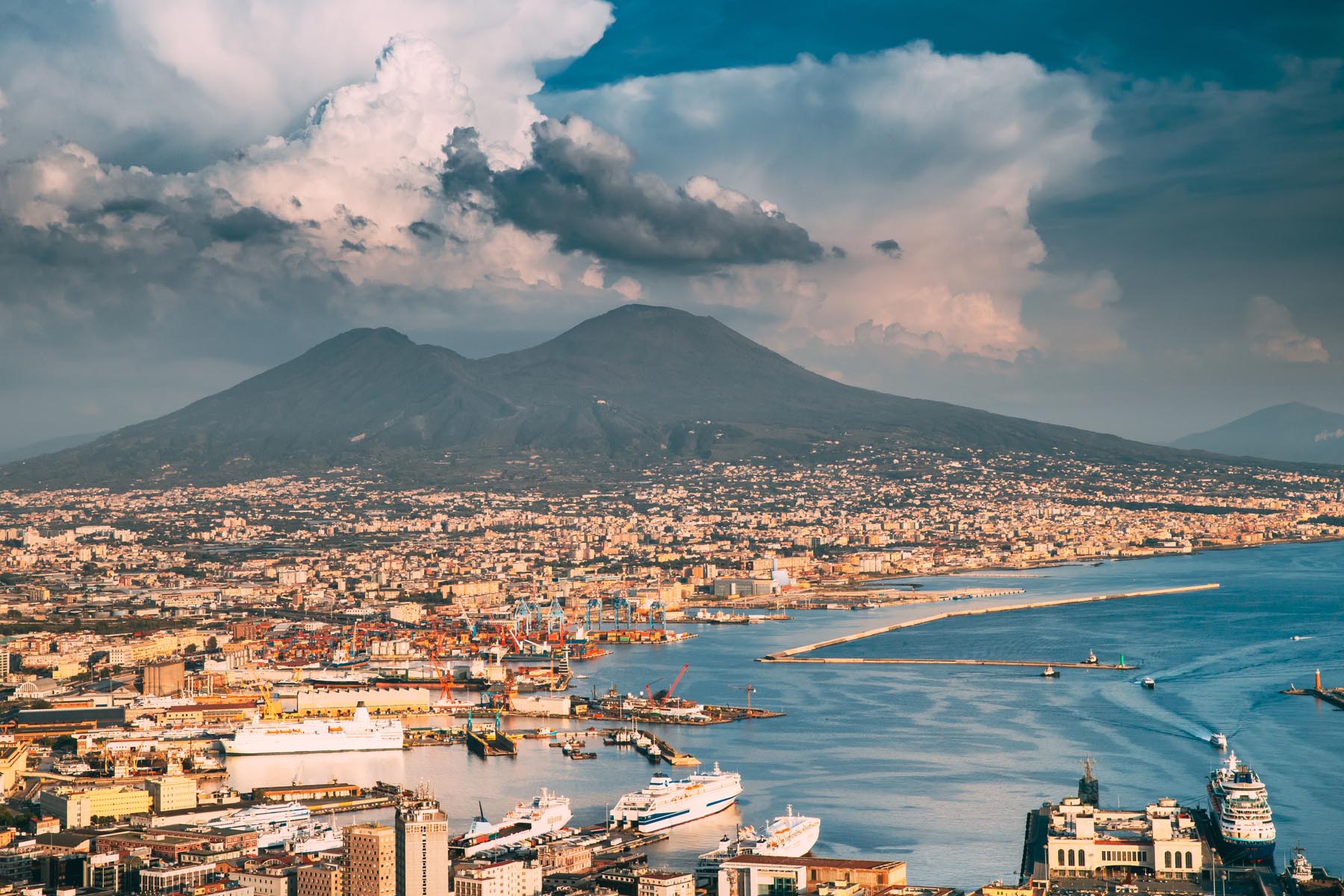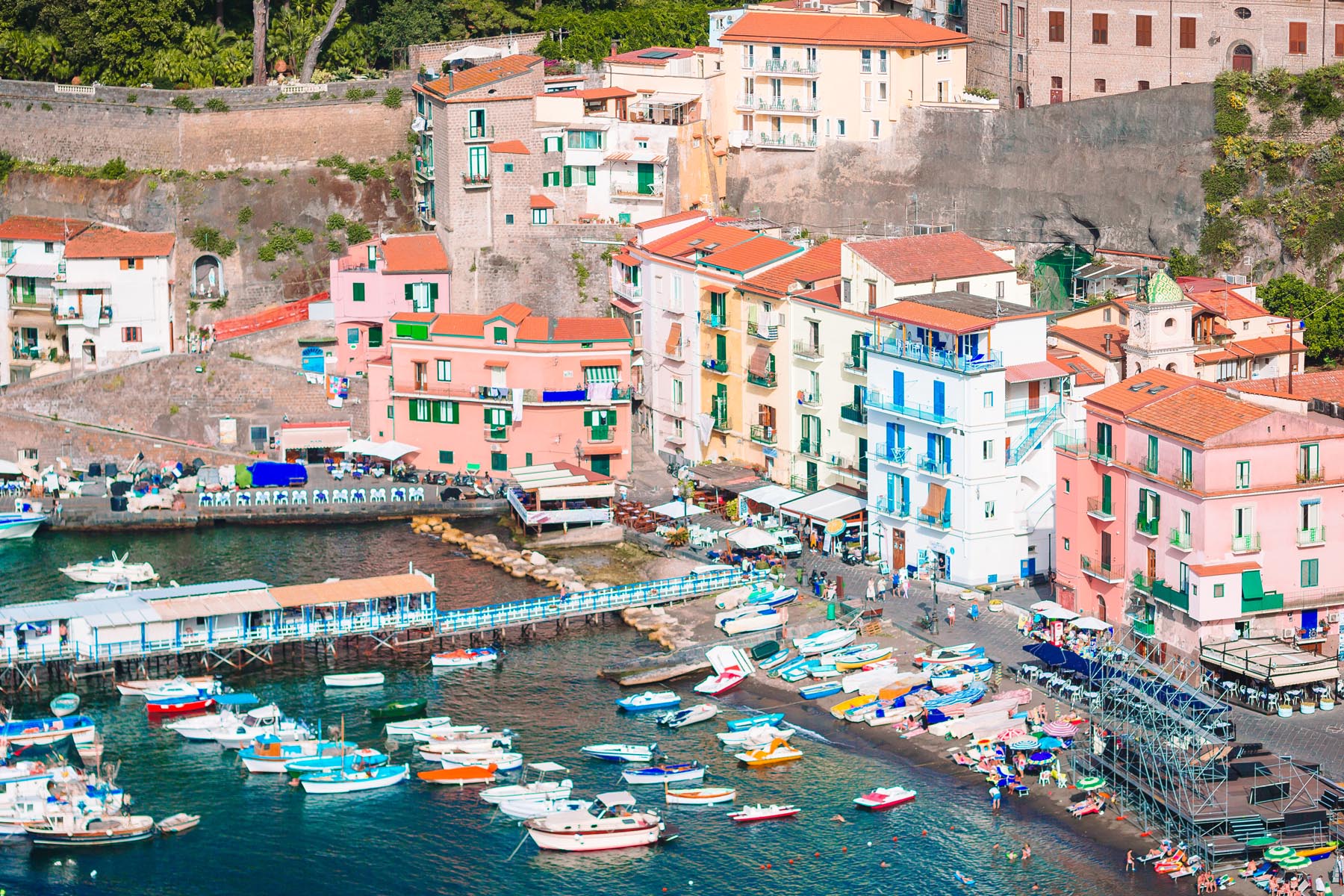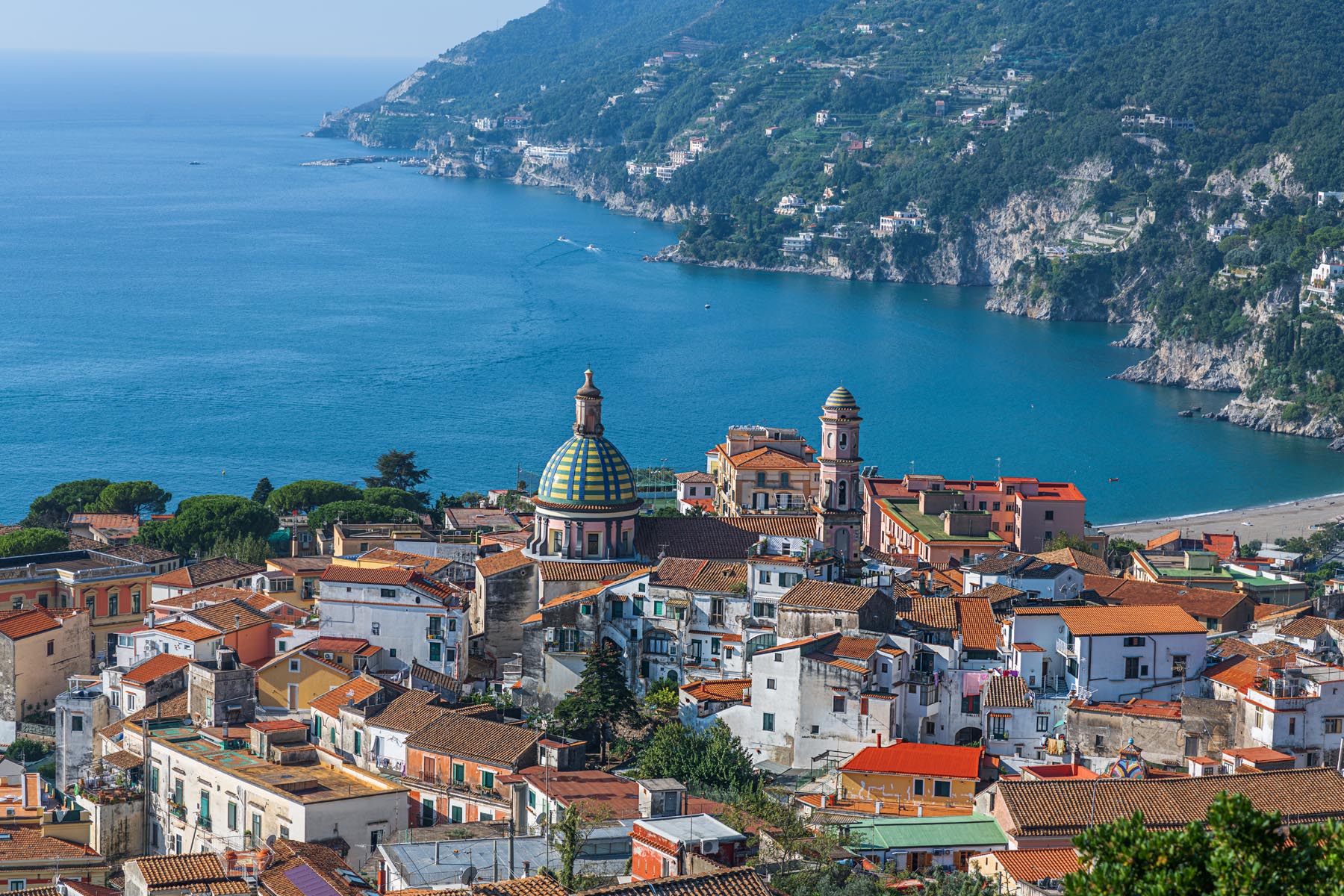Tour ed Escursioni
- Home
- Tour ed Escursioni
Excursion
Book your private tours
Tours and excursions
Our transportation services are the perfect solution for those looking for “the” comfortable and safe journey: book your favorite tour and excursion now.

Naples
The city of Naples was founded by the Greeks around the 8th century BC, a few kilometers from the old city of Parthenope; this ‘new city’ or ‘Neapolis’ has assimilated the influences of its colonizers and invaders since then. Romulus Augustulus, the last emperor of the Roman Empire, was imprisoned in Naples after being overthrown in 476. In the 6th century, Naples was conquered by the Byzantines, and it was one of the last duchies to fall to the Normans in their conquest of 1039. In 1266, Naples and the Kingdom of Sicily were handed over by Pope Clement IV to Charles of Anjou, who moved the capital from Palermo to Naples. In 1284, the kingdom was divided into two, and it remained so until 1816 when the Kingdom of the Two Sicilies was formed.
Naples is the main city of southern Italy, the capital of the Campania region, and the third-largest city in Italy. It’s an overcrowded and sprawling metropolis with about one million inhabitants, with more than two million Neapolitans populating the outskirts. It’s an important port, with shipyards and thriving industries including iron and steel, petroleum, and porcelain… Naples is nowadays a tourist destination for people from all over the world.

Pompeii
Pompeii, an ancient city in southern Italy southeast of Naples, was founded in the 6th or early 5th century BC and became an important Roman colony.
The city of Pompeii holds a deep fascination for its visitors. After the eruption of Mount Vesuvius in 79 AD, Pompeii was buried and forgotten for hundreds of years; the excavations that began in the 18th century are still ongoing today. It is possible to observe the city’s prosperous past in the Roman villas, public baths, temples, and an amphitheater that have been brought back to light through archaeological excavations.

Caserta Royal palace
The Royal Palace of Caserta was the ancient royal residence in the city of Caserta, near Naples. It was the largest palace and, probably, the largest building constructed in Europe in the 18th century. In 1996, the Royal Palace of Caserta was listed among the World Heritage Sites. The construction of the palace began in 1752 for Charles VII of Naples, who worked closely with his architect, Luigi Vanvitelli. Eventually, Charles VII never stayed at the Palace, as he abdicated the throne in 1759, and the project was completed for his third son and successor, Ferdinand IV of Naples. Behind the grand facades, various buildings were erected to facilitate daily activities. Of all the royal residences inspired by the Palace of Versailles, the Royal Palace of Caserta bears the greatest resemblance to the original model: the uninterrupted balustrade, the pavilions inside, the long facade. Like at Versailles, a large aqueduct brings water for the prodigious water features in the gardens. Like its French predecessor, the palace was designed to be the meeting place of an absolute Bourbon monarchy in pure Baroque style. In the past, the Palace housed government bureaucratic offices, a national library, a university, a national theater.

Herculaneum
Herculaneum was discovered in the early 18th century at a depth of 50-60 meters below the surface. In the 20th century, archaeological excavations were restarted on a more modern and scientific basis, fully uncovering only a small part of the city; however, it was found that previous excavations had damaged the structure of many of the surviving buildings.
Recent archaeological work at the site has brought to light one of the largest Roman houses of the era: The Villa of the Papyri. Today, the archaeological excavations of Herculaneum, along with those of Pompeii, constitute an invaluable historical and archaeological heritage and attract tourists from all over the world.

Paestum
Paestum is an ancient city in southern Italy. Located on the Gulf of Salerno (the ancient Bay of Paestum), the city was founded in the 6th century BC by Greek settlers from Sybaris, who named it Poseidonia. It was conquered by the Lucanians, an indigenous Italic population, in the 4th century BC. They ruled until 273 BC, when the city was conquered by the Romans. Deserted after being raided by Muslim raiders in 871 AD, the remains of the abandoned site were discovered in the 18th century. It is known for its three Doric temples and its walls made of travertine blocks.
The three temples were dedicated to Hera, Apollo, and Athena, although they have traditionally been identified as a basilica and temples of Neptune and Ceres, due to a false attribution from the 18th century.

Vesuvius
Mount Vesuvius is a volcano east of Naples. It’s the only volcano on the European continent to have erupted within the last hundred years, although it is not currently erupting. The only other two volcanoes in Italy (Etna and Stromboli) are located on islands. Vesuvius is situated on the coast of the Gulf of Naples, about nine kilometers east of Naples and a short distance from the shore. It’s a defining feature in the beautiful landscape presented by the Gulf of Naples when viewed from the sea, with Naples in the foreground. Vesuvius is best known for its eruption in 79 AD, which led to the destruction of the Roman cities of Pompeii and Herculaneum. It has erupted many times since then and today is considered one of the most dangerous volcanoes in the world due to the population of 3,000,000 people living near it and its explosive type eruptions. The Vesuvius Volcano was considered sacred by the Greeks and Romans to the hero and demigod Hercules/Heracles, and the city of Herculaneum was named in his honor.

Sorrento
Sorrento (from Latin: Surrentum) is a small town in Campania, Italy, with about 16,500 inhabitants. It is a popular tourist destination. The town is easily accessible from Naples and Pompeii. It overlooks the Gulf of Naples and is the main city of the Sorrento Peninsula; from the many viewpoints in Sorrento, it is possible to admire Naples, Mount Vesuvius, and the Island of Capri.
Sorrento is famous for the production of limoncello, an alcoholic digestive made from lemon, alcohol, water, and sugar. Other agricultural productions include citrus fruits, wine, nuts, and olives. The craftsmanship in wood is very developed and characteristic.

Positano
Positano was a thriving port of the Republic of Amalfi in the 16th and 17th centuries; but from the mid-19th century, the town fell into decline. More than half of the population emigrated, mostly to the United States of America. Positano was a relatively poor fishing village during the first half of the 20th century. It began to attract a large number of tourists in the 1950s, especially after John Steinbeck published his essay on Positano in Harper’s Bazaar in May 1953: “Positano bites deep,” Steinbeck wrote. “It is a dream place that isn’t quite real when you are there and becomes beckoningly real after you have gone.”
Today, tourism is the main industry of Positano.

Amalfi
Amalfi is a municipality in the province of Salerno, in the Campania region of Italy, located in the Gulf of Salerno, 24 km southeast of Naples.
Amalfi was first mentioned by historians in the 6th century and soon gained great importance as a maritime power; it engaged in trade of grain, salt, and slaves throughout Italy, Egypt, and Syria. Amalfi merchants were using gold coins for purchasing land as early as the 9th century, while most of Italy still relied on barter. In the 8th and 9th centuries, it shared with Gaeta the monopoly of Italian trade with the East, and in 848, its fleet went to the aid of Pope Leo IV against the Saracens. An independent republic from the 7th century until 1075, Amalfi rivaled Pisa, Genoa, and Venice in maritime importance.
Today, Amalfi attracts millions of tourists from all over the world, drawn by the wonderful scenic beauty, the characteristic urban center, and the local specialties.

Ravello
Ravello was an important city of the Maritime Republic of Amalfi, a major commercial power in the Mediterranean between 839 and about 1200.
Places to visit:
– Villa Rufolo (1270), built by Nicola Rufolo, one of the richest men of Ravello, on a ledge; it has become a famous attraction for thousands of visitors. The villa was mentioned by Giovanni Boccaccio in his Decameron, and it is the place where Richard Wagner in 1880 was inspired for the scenography of his opera Parsifal.
– Villa Cimbrone, a 12th-century villa with gardens that are home to the “Terrace of Infinity,” one of the most breathtaking panoramic views in the world.
– The Cathedral of Ravello, a Romanesque-Gothic building dating back to the 13th century.
– Piazza Vescovado, the main square of Ravello, with the cathedral and the Episcopal Palace.

Vietri
Vietri sul Mare is the first town of the Amalfi Coast, located in the most sheltered corner of the Gulf of Salerno. The city center, dominated by Mount San Liberatore, is situated on terraced land overlooking the sea and is characterized by the Church of San Giovanni Battista. This church is the most important monument of the city, built in the 17th century, featuring an elegant glass dome.
Marina di Vietri is a small village where people go during weekends and summer holidays. At its center stands a tower built in the 16th century to guard against Saracen invasions.
MASTRO
Tailored transfer experiences for you.
Your satisfaction is our priority. Tell us your destination and specific requests, and we will escort you safely and promptly to your desired destination
- Private transfer to Sorrento
Admire the magical views, charming streets, and relaxed atmosphere of this unique coastal town. - Private transfer to Naples
Discover the rich history of Naples, savor its iconic pizza, and get involved in its festive markets. - Private transfer to the Amalfi Coast
Travel through the coast of enchantment, stroll among picturesque towns, and dive into crystal-clear waters. - Excursion to Pompeii, Herculaneum, and Vesuvius
Step back in time and uncover the intimate details of ancient Roman life, forever marked by the eruption of Mount Vesuvius.




































